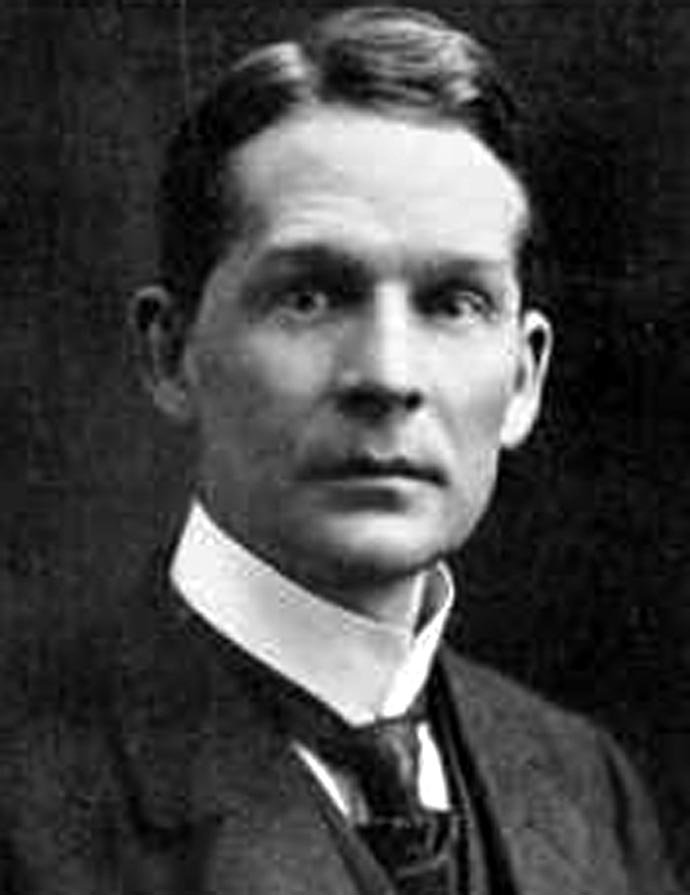Frederick Soddy (1877 – 1956) a polymath whose pioneering discoveries founded the fledgling science of nuclear chemistry, was also a prescient environmental economist, and contributed to solutions of long unanswered questions in mathematics. He first proved that the newly observed phenomenon of radioactivity arose from decay, or change, of certain unstable, or heavy, elements into others. He also demonstrated that some elements possess isotopes, or forms with a different atomic structure. His work with Ernest Rutherford at McGillwas rewarded with a Nobel Prize in 1921, for elucidating nuclear decay: showing how alpha, beta, and gamma radiation were generated.

The biography of Soddy demonstrates that great achievements can come from even those of unremarkable background. This graduate of a regional institution, Eastbourne College, located on England’s southeastern coast, and another regional college, the University College of Wales in Aberystwyth, went on to illuminate the invisible subatomic world. He studied and did research at Oxford, in Merton College, and was offered a job at McGill. Here he collaborated with Ernest Rutherford, examining the mysterious action of radioactivity, a manifestation of nature which had only been discovered a half decade previously.
Scientists recognized by then the production of radiation from some elements under some conditions, without understanding the mechanism. In pursuit of the secret, Soddy used the rather basic tools available to him. Hand-blown glass bulbs were among those tools, carefully made and then evacuated to create what is known as a vacuum tube. Soddy used a radium sample sealed inside a thin glass container, which was sealed inside an evacuated tube. The evacuated tube should have remained entirely empty if most elements were in the interior container, but radium is not just any element. The radium’s atomic nuclei, holding only tenuously onto some of their large number of electrons and protons, shed them a bit at a time; for example, in the form of two protons, and two electrons. This, as it happens, is how helium is constituted. This is exactly what Soddy and Rutherford found. They noticed that after the radium had been in this sealed environment for some time, the supposedly empty vacuum tube contained something; something with the spectral signature of helium. The very existence of the element helium was a relatively recent discovery, having been inferred from spectroscopic observations of a solar eclipse in 1868.
Soddy’s inferred from these facts that the radium was coming apart from a material with many particles, decomposing into elements of smaller atomic weight. This is the basis of most of nuclear science today. In the process of decomposition, heavy atomic weight, unstable, elements releases energy in the form of what are termed alpha, beta, and gamma particles.
Soddy’s bio includes the additional discovery that elements; even elements other than the heavy ones, could exist with the other numbers of electrons. These, at the suggestion of a fellow scientist named Margaret Todd, he named isotopes, from the Greek root for ‘same’. Isotopes are the basis of much nuclear medicine today.
Soddy eerily foresaw the potential good and horror arising from radioactive power, and was distressed by Hiroshima. He rightly noted that this power could be harvested with greater efficiency than from coal. He also foresaw that economies based on non-renewable fuels were ultimately self-destructive.
Soddy additionally solved an unsolved problem of Descartes’—using a poem to explain his proof. He died just short of a respectable 80 years old.

